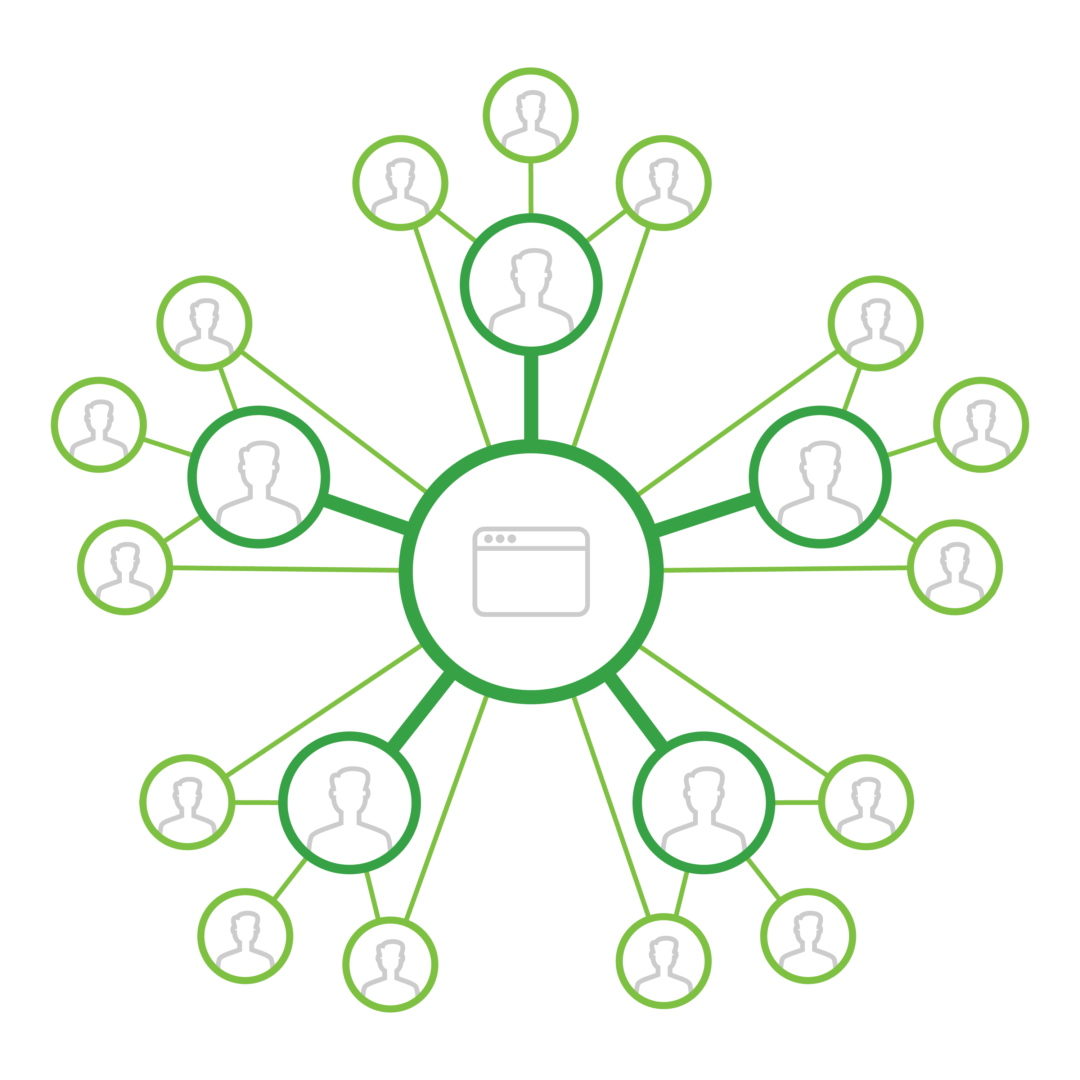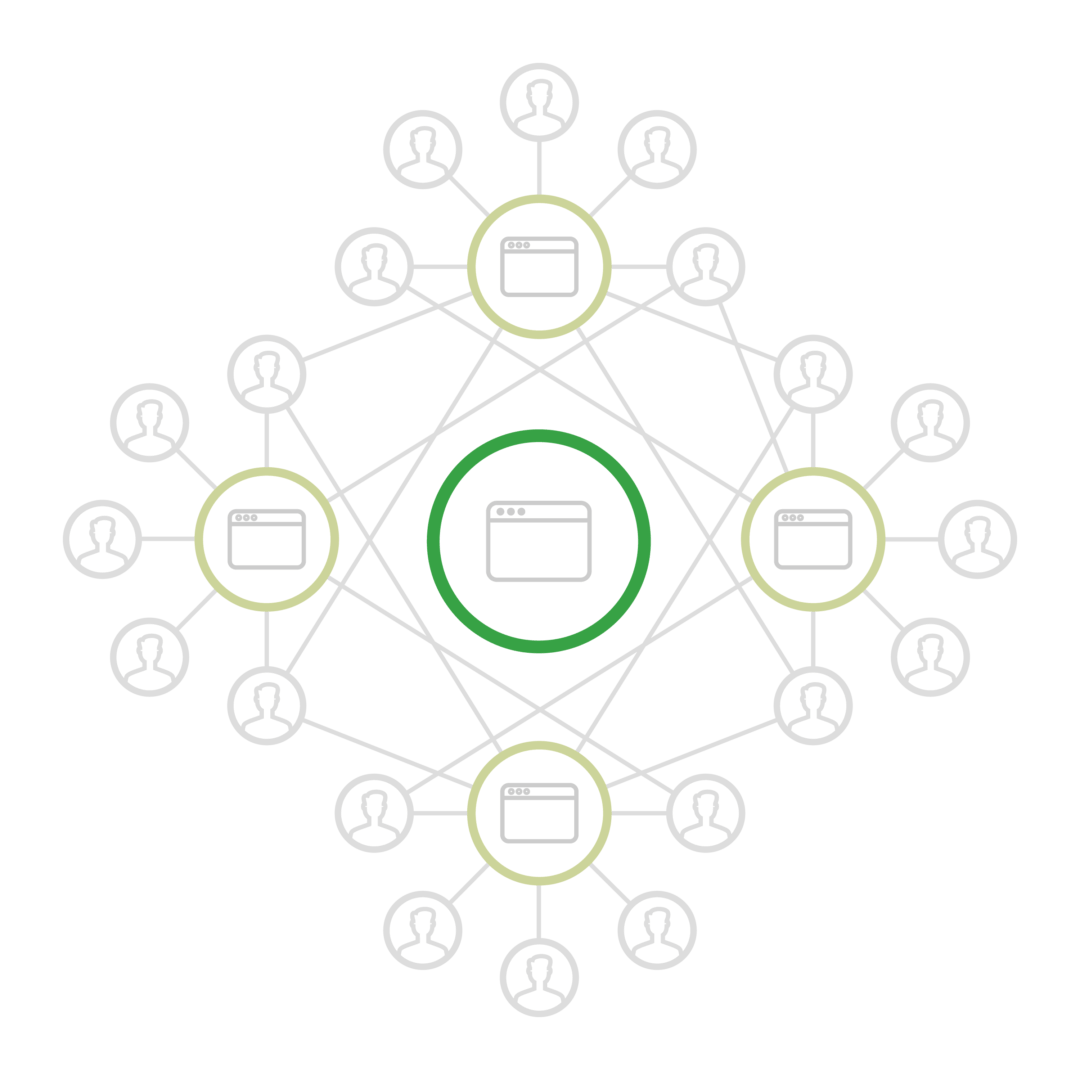What does intent data mean for the data-driven marketer?
Columnist Sean Zinsmeister takes a deep dive into intent data, explaining how you can use it to increase your predictive power and revenue.

As big data increasingly becomes more accessible, marketers are looking for ways to make it more scalable and actionable in order to better target prospects in various stages of the buyer journey. Intent data is synonymous with this topic, but it understandably causes a great deal of perplexity for many marketers.
It can be difficult to sift through all the terminology: It’s variously referred to as activity, behavioral, internal intent data, or external intent data. Pairing intent data with other customer signals — like those housed within a company’s marketing automation system — provides an especially unique opportunity for businesses to understand and leverage customer insights.
Nonetheless, it’s a topic that will continue to gain steam as more companies look for new ways to identify and predict where customers are in their buying journey.
Defining intent data and its uses
To start, it’s helpful to define common terms for a clear understanding of the various types of intent data out there, and how they can be applied. Simply put, intent data is information collected about a person’s or company’s activity. For the most part, it falls in one of two main categories, each of which best serves a different purpose:

1. Internal intent data (also known as first-party data) is the activity a company captures on its website via its marketing automation platform or through application logs. This kind of information contains highly predictive buying signals, since the content is relevant to the purchase decision — for instance, which pages a prospect touched, links they clicked on and how long they spent on each page.
Predictive-scoring vendors often build customized behavior scoring models that use a company’s first-party data to help them identify which prospects are in-market and ready to buy.

2. External intent data (or third-party data) is collected by publisher networks, either at the IP level or through user registration and cookies. Data from these sites could show the articles a user reads, content they download, their site searches and potentially, even comments they leave.
B2B external intent data is only available through third-party providers like Bombora, The Big Willow, IDG and TechTarget. These intent data providers are working to help businesses determine their “Total Interested Market.” For example, they help some of their customers achieve this by identifying which of their accounts are showing surging interest surrounding a particular keyword or topic.
Use cases for third-party intent data include targeted advertising, building target account lists from surge lists for account-based marketing (ABM) strategies, and personalizing content marketing programs.
Is it predictive?
There is also great value in knowing what people are doing before they get to your website. So let’s take a deeper look at internal and external intent data to determine whether it produces predictive signals to help surface net-new leads.
Internal intent data can help predict prospects. Traditional lead scoring uses manually assigned, additive point values and doesn’t calculate the specifics of a lead’s complete activity trail. Because these marketing automation scores are based just on guesswork and on the lead’s most recent activities, they can be deceptive, and sales reps aren’t likely to trust them.
Predictive behavioral models use deep hooks into marketing automation systems to model and exploit every snapshot of a prospect’s behavior. As a result, these models can help predict which prospects are in-market and demonstrating a high level of buying propensity, and they can precisely determine the right moments to invest time and effort.
External intent data doesn’t have high enough coverage yet for predictive modeling. As of today, the only external intent data available comes from second- or third-tier publishers (e.g., TechTarget.com or CIO.com) that have opened up their terms of service and are selling visitor data.
This data is most commonly collected by tracking visitors’ IP addresses and cookies. While third-party intent data is an exciting new frontier, our recent tests show that the coverage is too low and the intent signals too poor to be valuable for modeling.
For example, if the majority of your prospects aren’t frequently visiting a particular network of sites (that are collecting this type of data) or can’t be matched by way of their cookies or an IP lookup, then from a predictive modeling perspective, the intent data source is less valuable.
However, while predictive power and usefulness in model building are low, third-party intent data does have several use cases that modern marketers will find helpful.
Applying intent data
Both internal and external intent data can be used for multiple different purposes. Let’s tick through a couple of ways marketing and sales teams might leverage each to make the most impact when a prospect’s interest is piqued.
Some of the most common use cases for internal intent data (first-party behavioral data) include:
- Advanced prioritization. By stack-ranking the best leads according to their fit for a particular product and their likelihood to buy soon, sales reps can more easily spot the difference between a cold prospect or tire kicker and a lead that’s exhibiting real purchase behavior.
- Automated outreach. When you uncover hidden states that identify where a prospect is in the buying cycle, you can trigger automated actions in marketing automation or sales development systems to engage prospects with the right message at the right time.
- Strategic nurture programs. Behavioral data can help you surface good prospects from the nurture pile who have recently re-engaged, which helps to overcome sales’ recency bias.
- Campaign, content and account-based marketing (ABM) measurement. Being able to identify which marketing programs and content assets are driving engagement from key accounts also helps pinpoint which are falling short.
Here are some of the most common use cases for external intent data (third-party behavioral data):
- Personalized email and content marketing programs. Companies can use surge lists from third-party publisher sites to gain insight into accounts they might not know are researching topics related to their business.
- Targeted advertising. Companies such as The Big Willow focus on linking intent data to devices and companies so you can serve ads to targeted accounts.
- Target account list. By building a surge list and running it through a predictive scoring model, you can find the best accounts that are interested in topics surrounding your business but might not have been on your radar yet.
If you’re thinking about leveraging intent data, it’s best to begin with a fit-first approach, which determines how much an incoming prospect resembles your likely buyer. These models are most commonly built on Leads, Contacts, Opportunities or Accounts objects.
Then, you can layer in a behavioral model that’s based on marketing automation data and advanced machine learning. Bringing those capabilities into your marketing stack will give you far more predictive power and revenue impact.
Contributing authors are invited to create content for MarTech and are chosen for their expertise and contribution to the search community. Our contributors work under the oversight of the editorial staff and contributions are checked for quality and relevance to our readers. MarTech is owned by Semrush. Contributor was not asked to make any direct or indirect mentions of Semrush. The opinions they express are their own.
Related stories
New on MarTech